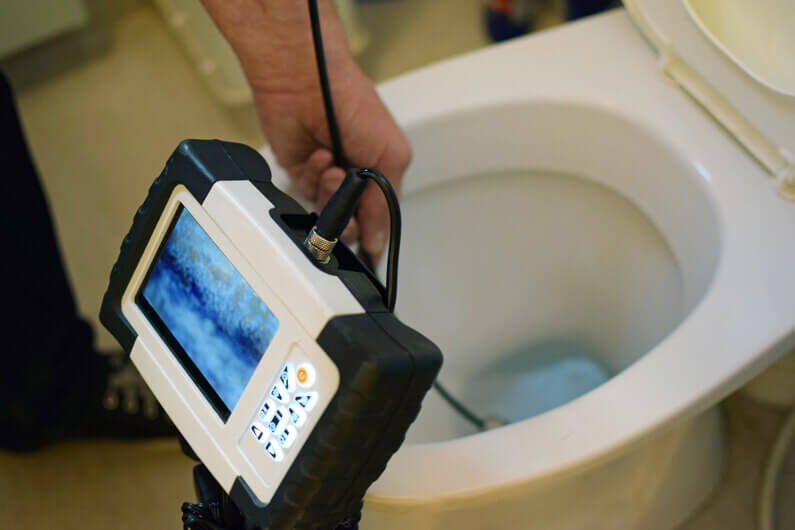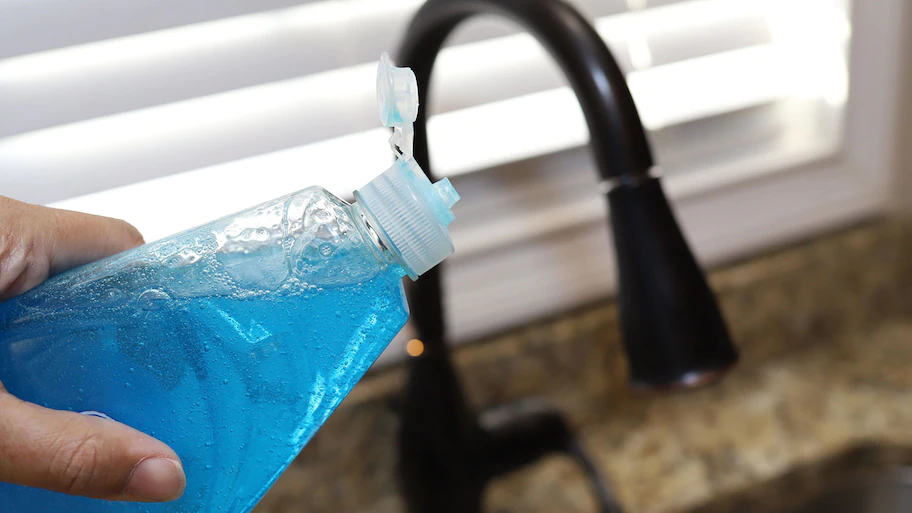Measures for Managing a Blocked Drain Prior to Consulting Expert Help
Measures for Managing a Blocked Drain Prior to Consulting Expert Help
Blog Article
How do you feel about Tips for Dealing with Clogged Drains and Sewer Lines?

Intro
Dealing with a blocked drainpipe can be an irritating experience, disrupting daily activities and possibly causing damage to your residential or commercial property. However, before connecting to pipes specialists, there are actions you can require to address the issue on your own. In this overview, we'll discover do it yourself options and preventive measures to deal with a blocked drain effectively.
Recognizing the Problem
The primary step in attending to an obstructed drain is recognizing the indicators. Sluggish drainage, gurgling noises, foul odors emanating from drains pipes, or water backing up prevail indications of a blocked drainpipe. Determining these indicators early can help protect against additionally complications.
Common Root Causes Of Obstructed Drainpipes
Understanding the factors that contribute to drain blockages is vital for efficient resolution. Typical offenders include hair, soap scum, grease, food debris, and foreign things like hygienic items or paper towels. Tree origins getting into underground pipes can also cause considerable blockages.
DIY Solutions
For small obstructions, a number of do it yourself services can be efficient. Putting boiling water down the drain can help liquify oil and particles. Sodium bicarbonate and vinegar or a combination of salt and cooking soft drink can function as natural cleaners. Making use of a bettor or plumbing snake to displace obstructions is another alternative.
Devices and Equipment
Having the right devices on hand can make do it yourself drain cleaning a lot more efficient. A bettor is a flexible device for removing clogs in sinks, bathrooms, and showers. A plumbing serpent or auger can reach deeper obstructions, while drain cleansing chemicals can be used meticulously for stubborn clogs.
Preventive Measures
To prevent future clogs, adopting preventive measures is crucial. Set up drainpipe guards or strainers to catch hair and debris prior to they get in the pipelines. Frequently flush drains pipes with warm water to dissolve grease accumulation, and avoid disposing of oil or strong waste down the tubes.
When to Call an Expert
While DIY services can deal with minor clogs, certain signs indicate the demand for expert aid. Persistent obstructions, foul odors regardless of cleaning up efforts, or multiple drains supporting simultaneously are warnings that warrant professional intervention.
Picking the Right Pipes Service
When choosing a pipes service, think about elements such as experience, licensing, and consumer testimonials. Choose a credible plumber with a record of quality craftsmanship and clear pricing methods.
Expense Factors to consider
The cost of expert drainpipe cleaning services can differ relying on the severity of the blockage and the plumbing technician's prices. Demand quotes from numerous carriers and inquire about any type of service charges to make sure openness and prevent surprises.
Safety Measures
When trying DIY drainpipe cleaning, focus on safety and security. Wear safety gloves and eyewear to prevent contact with harmful chemicals or germs. Never ever mix different drain cleaning products, as this can generate harmful fumes.
Situation Studies
Real-life instances show the effectiveness of do it yourself services and the importance of prompt expert treatment in resolving drain clogs.
Conclusion
By adhering to the pointers outlined in this guide, you can properly take on blocked drains pipes and protect against future plumbing concerns. Whether selecting DIY services or looking for expert support, timely action is vital to keeping a healthy and balanced pipes system and preserving the honesty of your home.
How to Clear a Clogged Drain Yourself (And When to Call In the Professionals)
What Can Clog a Drain
Dirt Skin flakes Hair Grease Soap scum Food Offset pipes Tree roots Small objects Mineral buildup DIY Tricks to Unclog a Drain
You can fix this! Once you have identified the source of the clog (or have a vague idea), you can try one or a combination of these fixes in order to clear your plumbing.
Wire Hanger or Snake
Untangle and clear out hair from a drainpipe with a homemade snake. Use a straightened-out wire hanger with a 90-degree angle hook to locate the clog and drag out any unwanted material.
Remember not to push the clog further down to where the wire hanger cannot reach! If you need to follow up with a plunger, give it a try. Your efforts might be more successful after it’s been wire-snaked.
If you want to get fancy and don’t have a wire hanger to spare, head to the store and pick up a hand-operated drain snake. You can get one for $10-$30. It may save you the hassle, and provide additional length to reach deep into the clogged pipe.
Plunger
A cup plunger has a suction cup attached to a wooden handle. The rubber creates a seal around the drain, and increases the pressure force of the plunger.
Plunge for 30-second increments to loosen the clog. This may need to be repeated over the course of 15-20 minutes. Once plunged, run the water to flush the remaining material out of the drain.
Remember– never use a plunger if you have used a chemical drain cleaner. These chemicals can splash up from the force of the plunger and cause serious injury or burns.
Boiling Water
Hot water can sometimes break up materials into a flushable amount. Dirt, grease, and soap buildup requires heat in order to unstick from surfaces.
Take your kitchen kettle and heat your water to a boil. Once it reaches a rolling boil, pour it directly down the drain into the blockage. Carefully follow with plunging, if necessary.
Don’t worry if this takes more than one try! It can often take multiple kettles and repeated plunging in order to clear a particularly stubborn clog.
Chemical Drain Cleaner
As a last resort, pick up a bottle of chemical drain cleaner. Drain-cleaning chemicals are potent, and not very good for the environment.
You may need to wear protective eyewear in gloves before handling your bottle of chemical drain cleaner. Follow the instructions printed on the bottle, and flush with water as soon as the instructions allow. Do not follow with plunging.
Baking Soda and Vinegar
As a safer alternative to chemical drain cleaner, baking soda and vinegar can create a chemical reaction that clears tough clogs.
Combine one cup of cleaning vinegar with one cup of boiling water, and set aside. Once you have done this, pour half a cup of baking soda down the drain. Give the baking thirty seconds to settle and cover a large portion of the problem drain.
Following the baking soda, pour down your vinegar and hot water solution. Once the vinegar and baking soda combine, the mixture will bubble and fix. Let this reaction fizzle in the drain for about an hour.
After an hour, follow with a kettle’s worth of hot water. The heat and liquid should flush out any remaining material.
When to Call a Plumber
If your DIY attempts haven’t cleared your clog drain, it’s time to call in a professional. It’s not worth losing access to your kitchen sink or high-traffic bathroom. A clog in a vital area can keep you from the things you’d rather be doing, and derail your routine.
Anytime a clog is causing water to spread is a time to call in a plumbing service. What starts out as a little bit of water can quickly grow into serious, expensive water damage.
Additionally, a serious clog can result in burst pipes or serious leaks. Make sure you know when to take it seriously!
https://myguysnow.com/how-to-clear-a-clogged-drain-yourself-and-when-to-call-in-the-professionals/

Do you like reading about ? Try to leave a short review down below. We'd be delighted to know your thoughts about this entry. We are looking forward to see you back again soon. Sharing is caring. You just don't know, you may be helping someone out. Thanks for being here. Kindly come visit our blog back soon.
This Resource Report this page